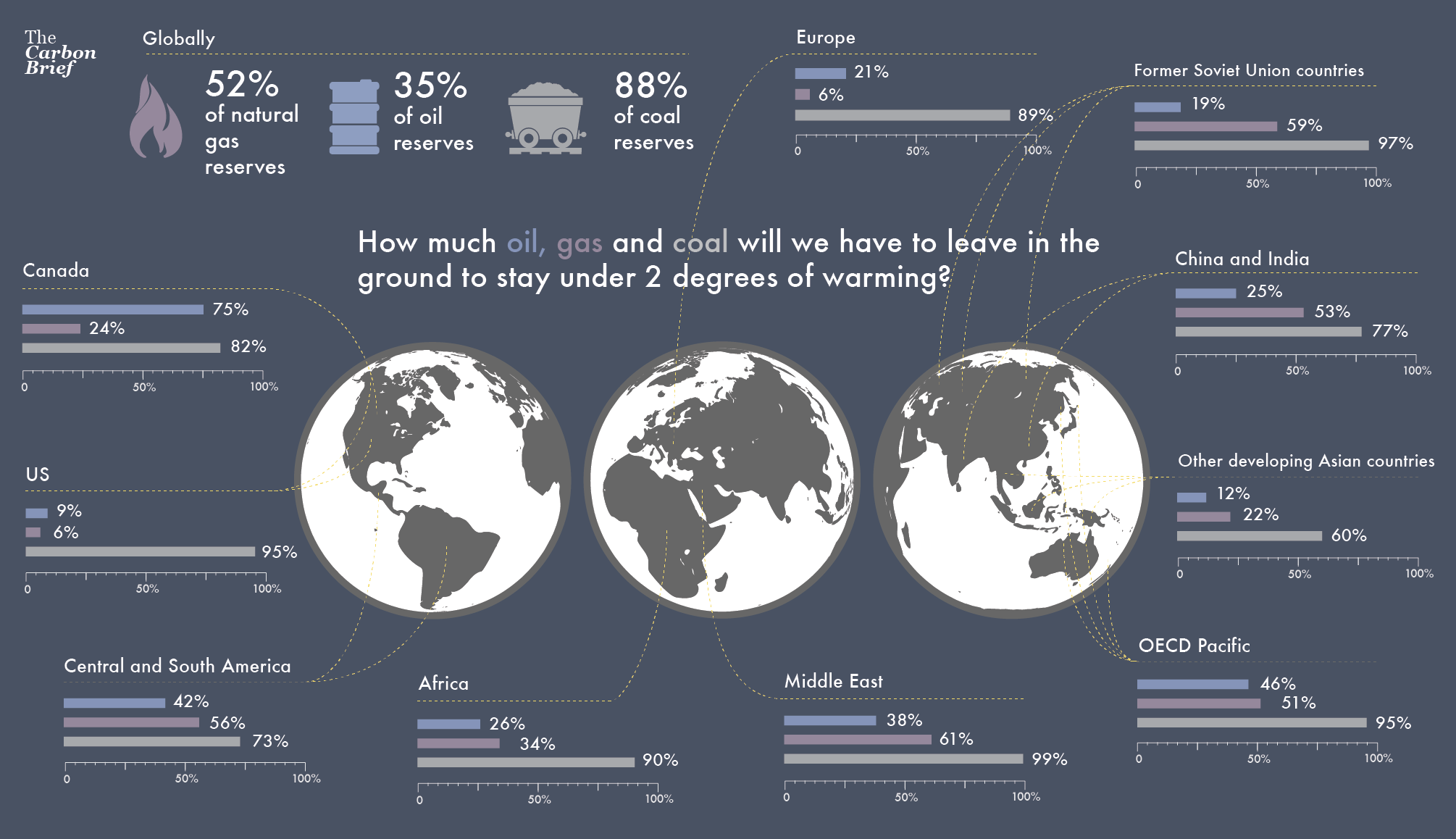
In the spirit of making my blog name somewhat relevant to this module and the theme my blog is following at the moment, today I'm looking at arguments that a mere 2°C increase in temperature will render Earth uninhabitable for humans (and perhaps for other species).
There are many aspects of an environment that make it an appropriate habitat for a species. So I'm only going to look at a few different factors that I think are important for life to exist on Earth. For this blog post, I'll be looking at temperature as the basic limiting factor for habitability of regions for humans and other animals.
Below is a diagram demonstrating the range of temperatures and relative humidity that are comfortable for humans. The temperature range is from around 20°C to 30°C, and is an indication of indoor air temperature, but depends on relative humidity as well. This makes sense, as 30°C with relative humidity of 60% would be highly uncomfortable, but 30°C with humidity of 30% would be more comfortable. Humans maintain a core body temperature of around 37°C, even within highly variable climates; and human skin is strongly regulated at 35 °C or below, because the skin must be cooler than body core in order for metabolic heat to be conducted to the skin. Sustained skin temperatures higher than 35°C imply hyperthermia, which can be dangerous for health.

Outdoor air temperatures endured by humans around the world today are obviously a much larger range than the graph above. However, these temperatures are neither sustained naturally nor are humans exposed to these temperatures for extended periods of time. Humans have also found adaptations for living in extreme temperatures, such as air conditioning and central heating. Even with these adaptations, mounting evidence indicates that temperatures will only get higher, and the Met Office even claims that 2015 is likely to be the hottest year on record, and on average 1°C than pre-industrial levels.
So how much is rising temperature a threat to human survival? An article in CNN recently ran this sensationalist headline: "Persian Gulf heat: It may become too hot for humans to survive, study warns", and the study cited, focuses on southwest Asia, a region already experiencing extreme temperatures. The study claims that many cities need to support global mitigation strategies to enable the IPCC climate change projection pathway of RCP4.5, rather than RCP8.5 which is the business as usual approach. If this happens, under simulations, the maximum temperature threshold is never reached, and although temperature will be higher, these regions would not be uninhabitable. However, they claim that near the cities of Jeddah and Mecca, important religious grounds, are a mere 2°C away from reaching the temperature threshold, and therefore there are certainly vulnerable areas that require immediate action to prevent the warming that would otherwise occur.
The authors of the study, Jeremy Pal and Elfatih Eltahir, base a lot of their assumptions about the temperature threshold on another study, by Steven Sherwood and Matthew Huber. This study looks at the limit of adaptability to climate change due to heat stress, as measured by wet-bulb temperature, which is a measure of both temperature and humidity. Their study uses six-hourly 2-metre temperature, humidity and pressure data from the ERA-Interim dataset to determine wet-bulb temperature, which so far never exceeds 31°C. Based on the assumption that human skin temperature of 35°C for a sustained period of time would cause hyperthermia, they suggest that a wet-bulb temperature of 35°C is the upper limit for adaptation to climate change, as humans and other mammals would not be able to dissipate metabolic heat. Therefore, if a region had a temperature of 35°C for an extended period of time, it would be "unlivable". Sherwood and Huber also stress that adaptations such as air conditioning would not be "satisfying, affordable, and effective for most of humanity" as power shortages would be life threatening, and humans would be limited to staying in the safety of air conditioned areas.
While I find Sherwood and Huber's study elegant, it concludes that an average global warming of 7°C would be needed in order for there to be areas with 35°C wet-bulb temperatures for an extended period of time. A warming of 11-12°C would encompass most of the areas humans live in now. Therefore this average warming needs to be much higher than 2°C in order to have dire effects. But this study shows how temperature in isolation can be a threat and that this potential result of climate change deserves some attention on its own. They emphasise this with the statement: "If warmings of 10 °C were really to occur in next three centuries, the area of land likely rendered uninhabitable by heat stress would dwarf that affected by rising sea level".
These two studies on temperature as a limiting factor for the habitability of areas on Earth serve to stress the importance and urgency of finding a solution to limit mean warming to as low as we possibly can, and of implementing mitigation measures as soon as possible. This is all too relevant in the lead up to COP21 in a mere 4 days and I'm sure the world will be waiting with bated breath for the results.
Next week I look forward to exploring other impacts of a 2°C rise in temperatures and whether they might render Earth uninhabitable!
P.S. Another interesting idea is that climate change can make Earth uninhabitable because it can be a cause of conflict. Earlier this week, Sky News released a video interview with Prince Charles, where he mentioned the 2 degrees threshold, and how the drought in Syria is partly to blame for the conflicts there. I won't be exploring this further as I don't believe it's possible to quantify the impact of climate change or warming on conflict, but it's interesting to consider that climate change can affect complex human interactions.
